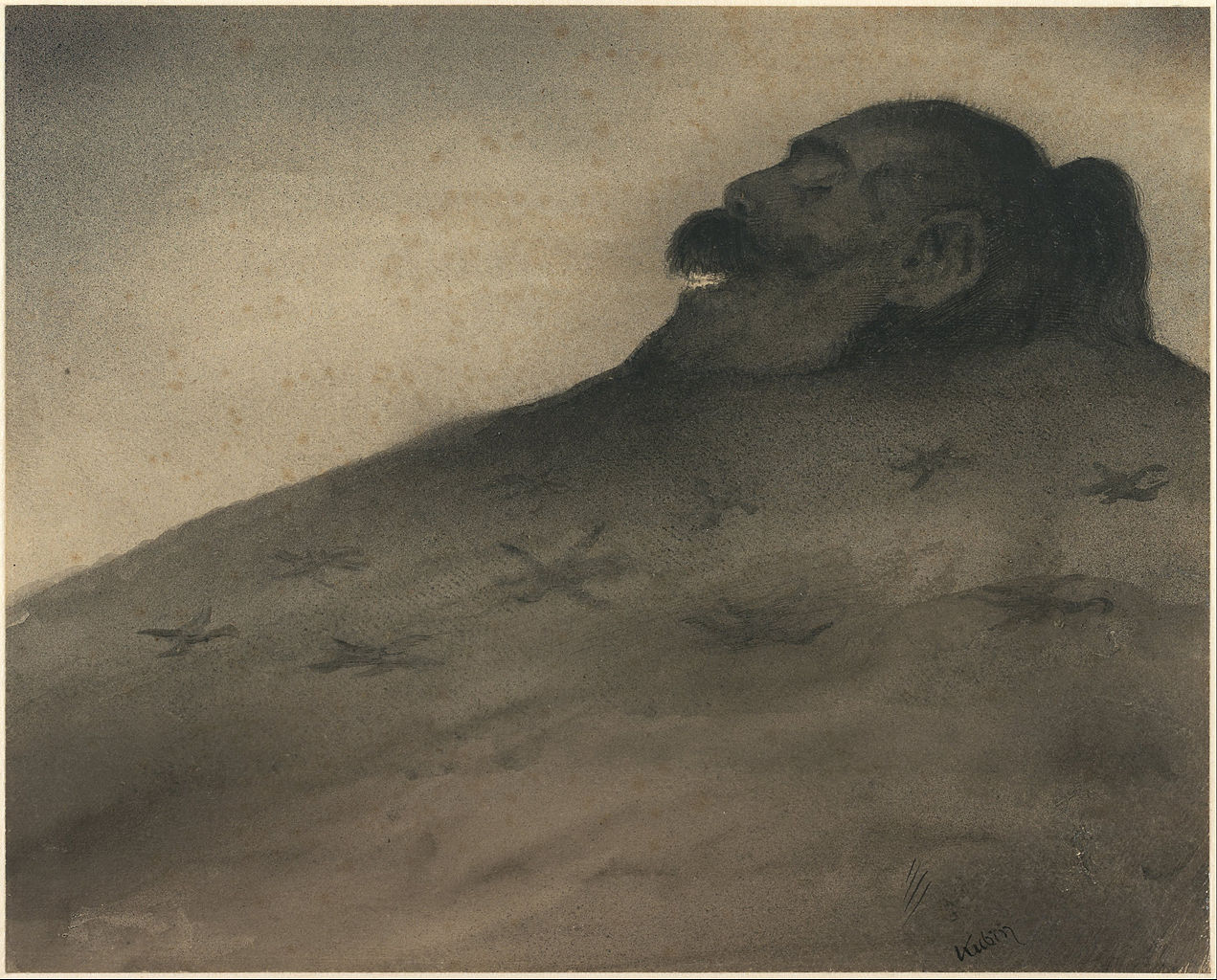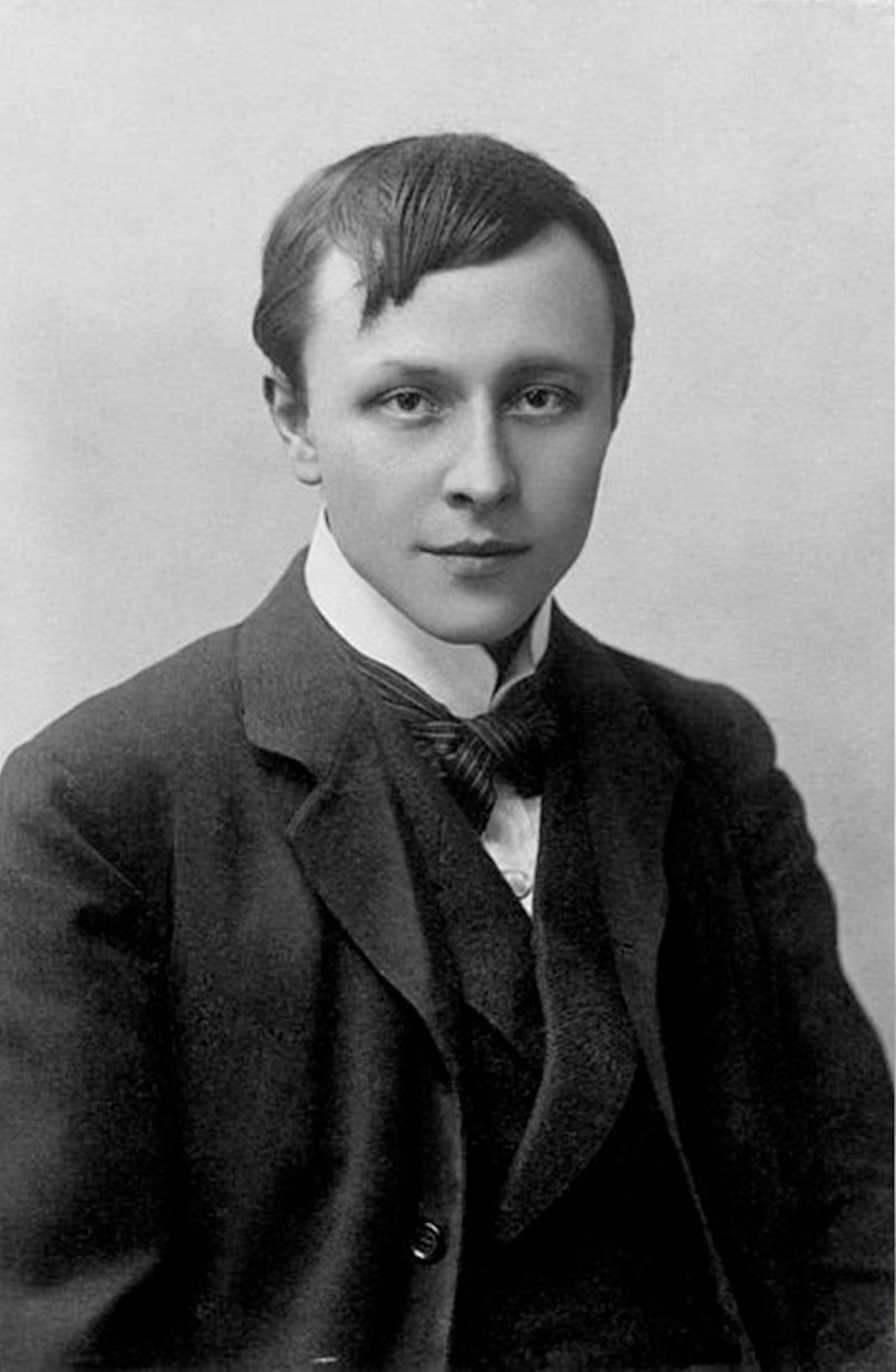



Dolmen
Indian ink, wash, spray paint, white body color •
Alfred Kubin was an Austrian artist and, to hazard a guess, a fairly tortured soul. He was known to live in a small castle in Zwickledt, and his biography includes a nervous breakdown and a suicide attempt—the latter on his mother’s grave. His early drawings, shown here, often feature monsters, deformities, disfigurements, human bodies in decay—a grim phantasmagoria of the bleak, the macabre, and the merely unsettling, with a palette that tends toward soot. What keeps me looking at it is some element of detachment in his style, as if a savage disembowelment by a fantastical creature were no big thing; we’re not accustomed to seeing the brutal without the lurid. As Christopher Brockhaus notes, “these drawings revealed Kubin’s abiding interest in the macabre. Thematically they were related to Symbolism, as shown by the ink drawing Dolmen. This reflects the common Symbolist notion of the woman as temptress and destroyer.” Not surprisingly, Kubin admired Schopenhauer.
 Alfred Kubin
Alfred Kubin